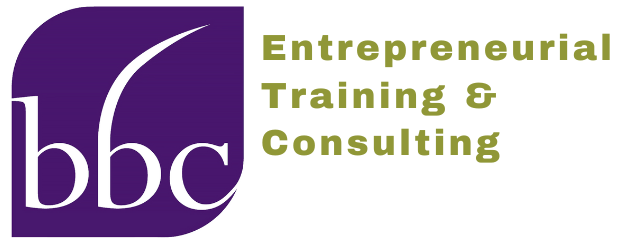If you have received a positive response on your NSF Project Pitch, you are now in full proposal prep mode. With that in mind Jerry Hollister, our DOD guru, has prepared the following do’s and don’ts to help keep CommercialHistoryTemplate (2) you in track. Remember, failure to comply with the guidelines means that a proposal may be returned without review. Don’t let that happen!
DO:
- Include all required elements. Submit a proposal that is complete. Even if the FastLane system (NSF’s web-based system of proposal submissions and other information exchange) allows a proposal to be submitted without these items, all proposals must have each of the items listed in the Proposal Preparation and Submission section of the solicitation.
- Provide a company commercialization history (if applicable). Submit a Company Commercialization History form (on the NSF template) if your company has received an SBIR/STTR Phase II award previously (from any agency). DO NOT modify the NSF Company Commercialization template to include additional narrative or information beyond what is required on the form.
- If you want to be competitive:
- Include THREE Letters of Market Validation. These will be attached in the Other Supplementary Documents section
DON’T
- Submit a proposal which has not yet received an invitation to submit from a cognizant NSF SBIR/STTR Program Director. Proposals without this invitation will be returned without review.
- Submit late. FastLane will not permit submission after 5:00 p.m. “proposer’s time” on the deadline date. Proposer’s time zone is set by the company in the organization registration area of Research.gov. Late proposals will not be accepted.
- Submit a Project Description that is more than 15 pages.
- Submit a Budget exceeding $225,000.
- Include any funds on Lines E2, F or G2 of the Budget. These are not allowable costs under a Phase I grant.
- Submit a “Collaborative Proposal” (a special proposal type in FastLane). Collaboration with research institutions is encouraged; however, only one proposal, submitted by the company and with subawards to the research institution(s), should result.
- Submit a proposal that lacks sufficient intellectual/technical or broader/commercial potential substance to justify review; does not contain research proposed in science, engineering, or education; or is not responsive to the solicitation objectives.
- Upload additional information, beyond what is specifically required and permitted, into the proposal (marketing materials, research results/academic papers, patent applications, etc.).
- Upload any documents to the “ADDITIONAL Single Copy Documents” subsection under the “Single Copy Documents’ section in FastLane with the following exceptions: 1) you must complete the “Collaborators and Other Affiliations” section; and 2) at your option, you may also complete the “List of Suggested Reviewers” section.
- Upload documents to the Supplementary Documents except those described in Supplementary Documents.
For more detailed help in preparing and submitting a proposal via the NSF FastLane system, please see the SBIR/STTR FastLane Submission Guide on the program website.
~~~~~~~~~~~~~~~~~~~~
Jerry Hollister is BBCetc’s Principal Consultant and NSF guru.

